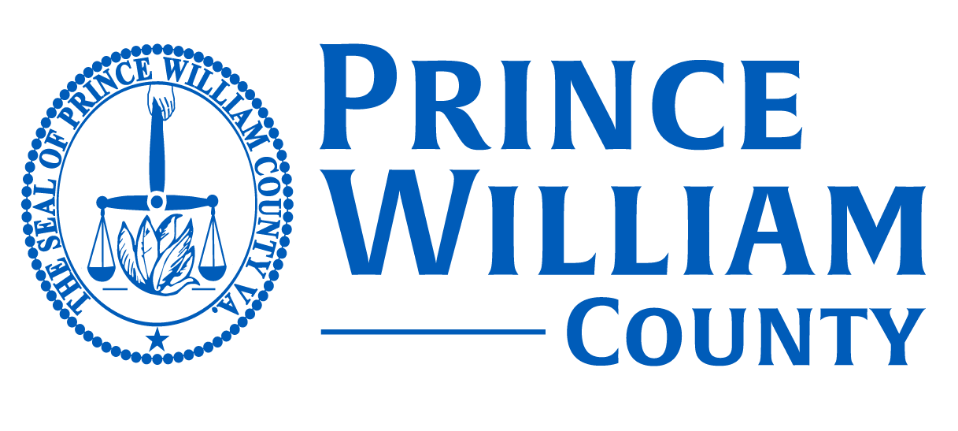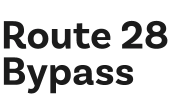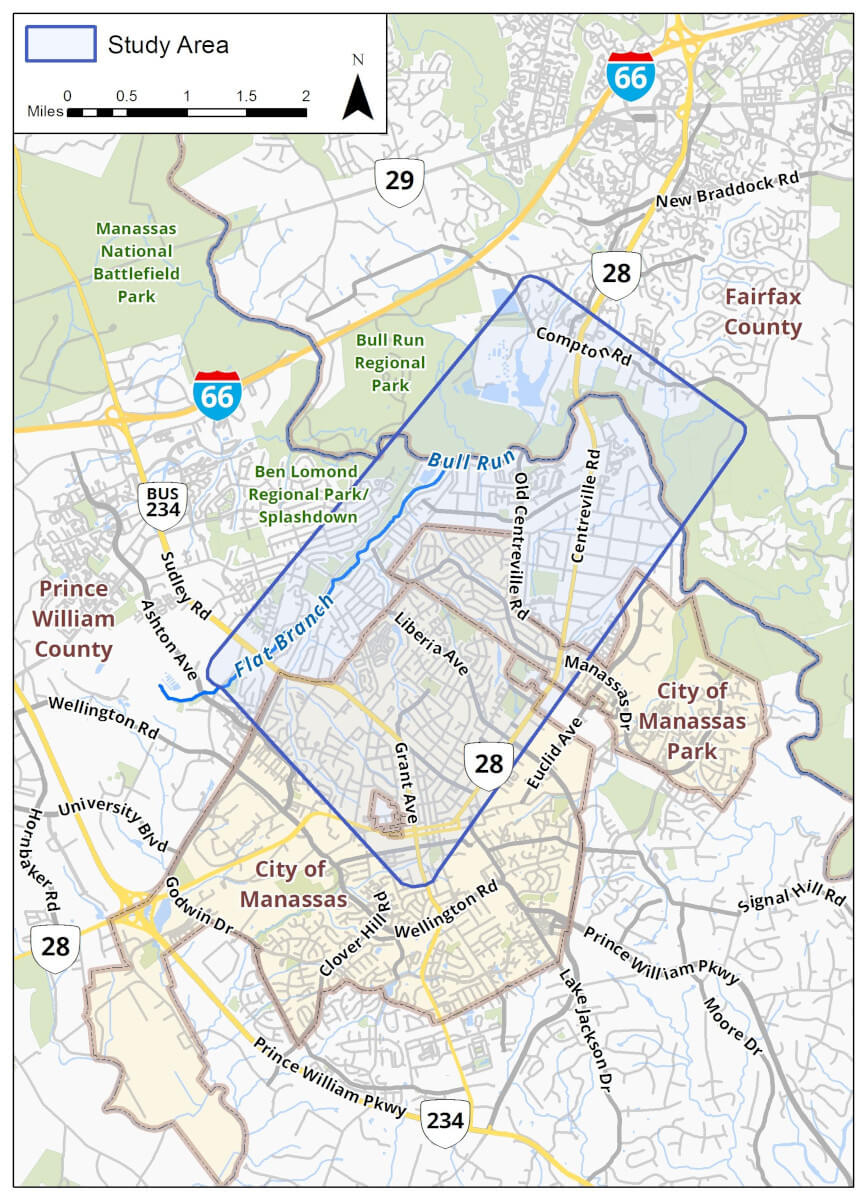About the Project
The Impact on My Environment
There are many questions around how the Route 28 Bypass will affect the local environment. This section provides a look into all the materials that you might need as you understand the resources that are available to you.
Please do not hesitate to reach out with any questions surrounding the Route 28 Bypass Project.






 March 23, 2021
March 23, 2021 






